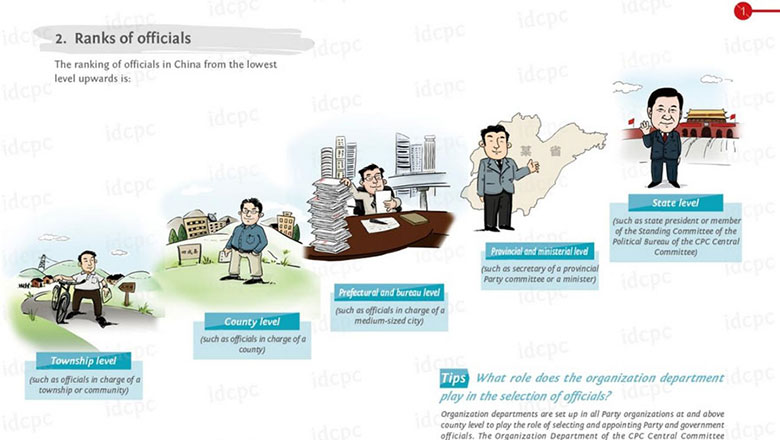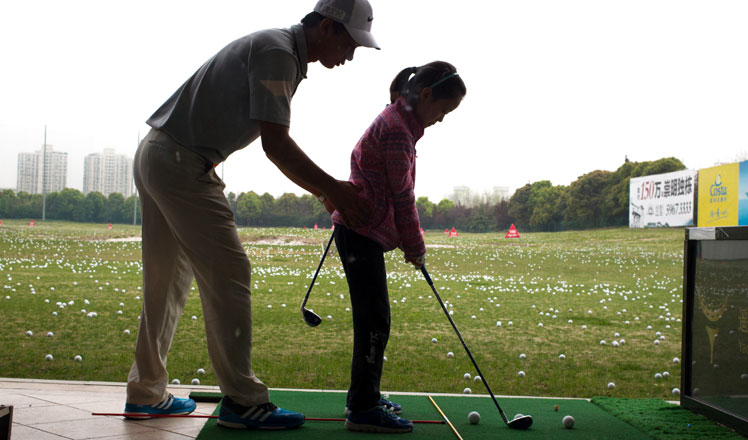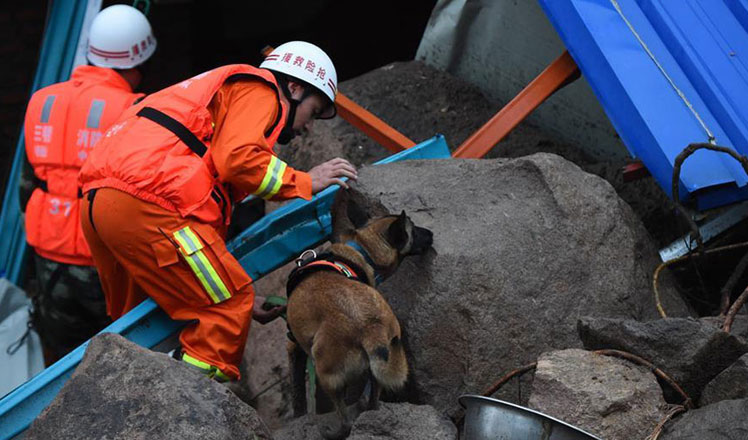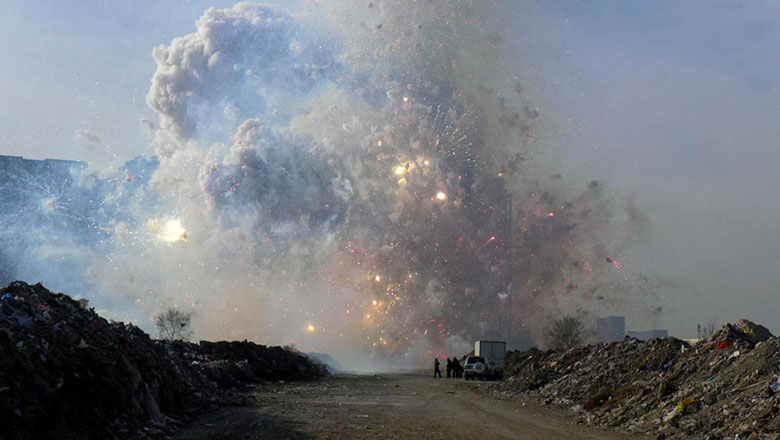Difficulties ahead to revive China's 'Rust Belt'
Updated: 2016-05-03 07:59
By CHI FULIN(China Daily)
|
||||||||
Another hurdle in the path of the region's revitalization is its low degree of opening-up, both its opening-up to foreign countries and the opening up of its market and industries. In 2015, the region's three provinces-Liaoning, Jilin and Heilongjiang-accounted for 8.6 percent of the country's total economic aggregate, but their imports and exports accounted for only 3.4 percent of the country's total.
As far as market opening-up is concerned, the region's private sector accounts for more than 50 percent of its GDP, 10 percentage points lower than the country's average of more than 60 percent. According to a list published by the All-China Federation of Industry and Commerce, of China's top 500 private enterprises, only nine are from the northeast provinces, compared with 138 from Zhejiang province and 91 from Jiangsu province in coastal China.
The northeast region's industrial opening-up is also at a low level. In 2014, the region's State-owned assets accounted for 50 percent of the total assets held by industrial enterprises above a certain scale, while the country's average was only about 10 percent.
To develop a new driving force for its rejuvenation, Northeast China should, therefore, make full use of the China-Russia-Mongolia economic corridor, advance cooperation on infrastructure investment and set up a Northeast Asian free trade network to strengthen its production-related service trade and open up its service market.
Such a driving force is essential for an innovative mode of development. In the region, the government's "invisible hand" remains very strong. So what it should do next is to take practical measures to allow the market to play a bigger role in economic activities. Also, the region should cultivate the concept of inclusive development in society.
Despite the difficulties it faces, the region is still expected to become an important base of China's advanced manufacturing in the next five to 10 years if it can cash in on the opportunities offered by the country's intensified efforts for economic transformation and upgrading and opening-up.
The author is president of the Haikou-based China Institute for Reform and Development in Hainan province.

 CPC creates cartoon to show how officials are selected
CPC creates cartoon to show how officials are selected
 Top 5 expected highlights at CES Asia 2016
Top 5 expected highlights at CES Asia 2016
 Business jet market hits air pocket
Business jet market hits air pocket
 Canada getting on top of Alberta wildfire, Fort McMurray off limits
Canada getting on top of Alberta wildfire, Fort McMurray off limits
 Young golfers enjoy the rub of the green
Young golfers enjoy the rub of the green
 71st anniversary of victory over Nazi Germany marked
71st anniversary of victory over Nazi Germany marked
 Post-90s girl organizes others’ messy wardrobes
Post-90s girl organizes others’ messy wardrobes
 Landslide hit hydropower station in SE China
Landslide hit hydropower station in SE China
Most Viewed
Editor's Picks

|

|

|

|

|

|
Today's Top News
Liang avoids jail in shooting death
China's finance minister addresses ratings downgrade
Duke alumni visit Chinese Embassy
Marriott unlikely to top Anbang offer for Starwood: Observers
Chinese biopharma debuts on Nasdaq
What ends Jeb Bush's White House hopes
Investigation for Nicolas's campaign
Will US-ASEAN meeting be good for region?
US Weekly

|

|









